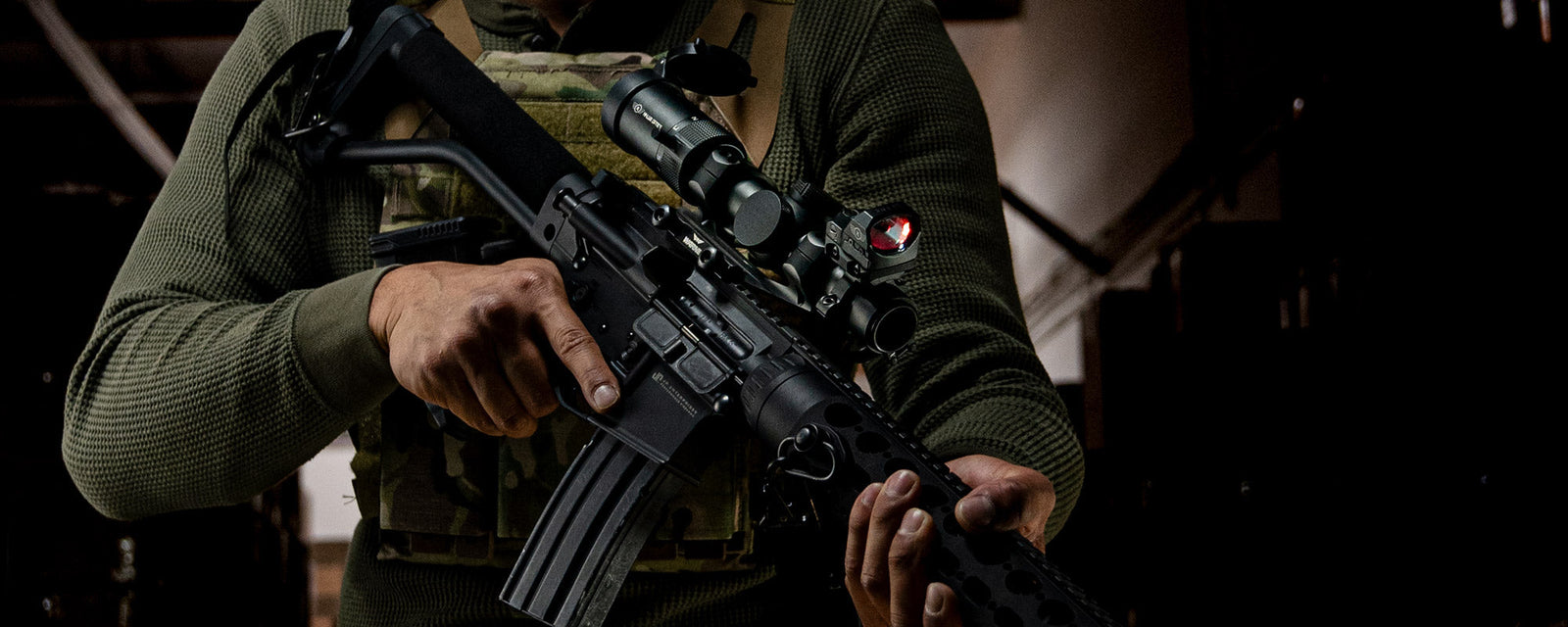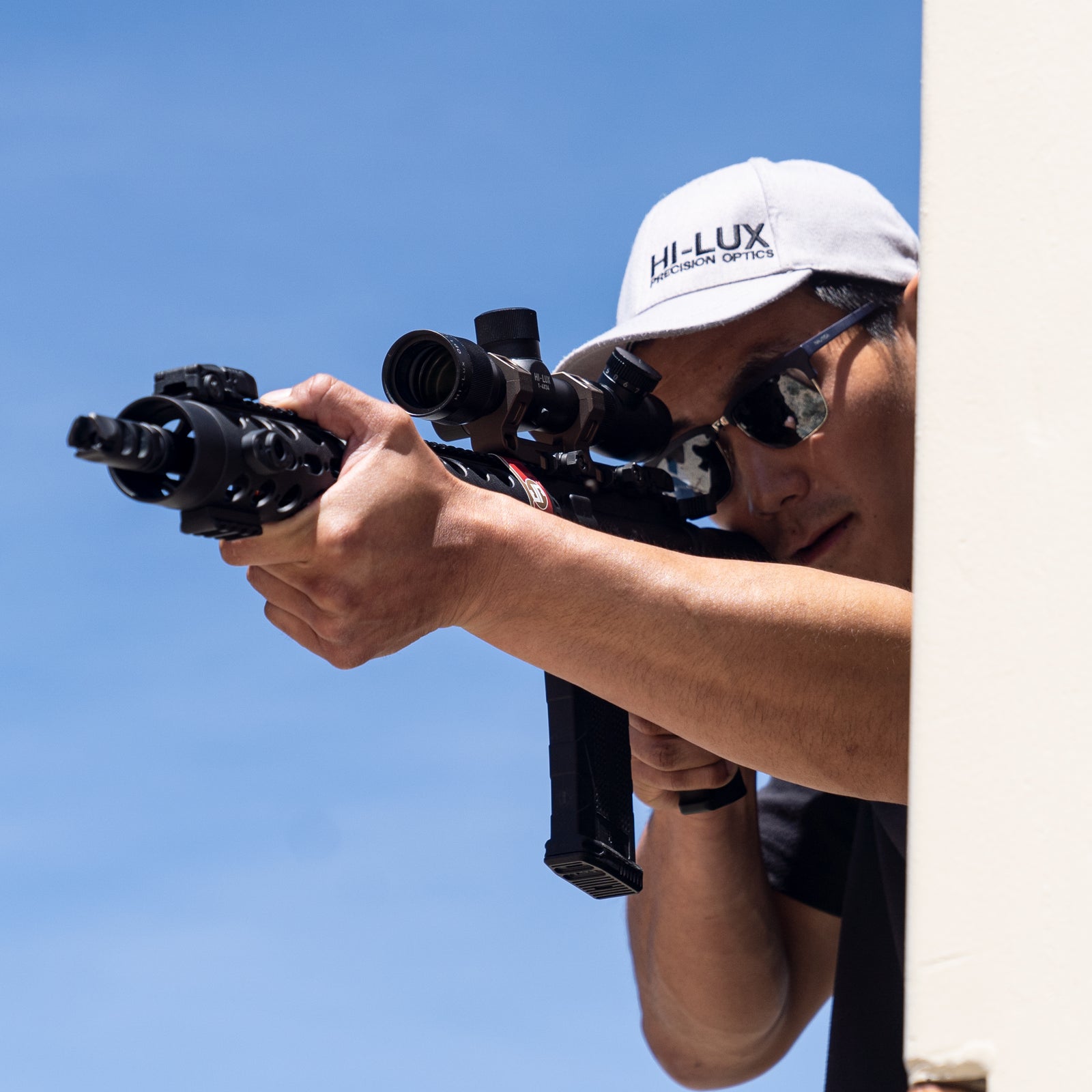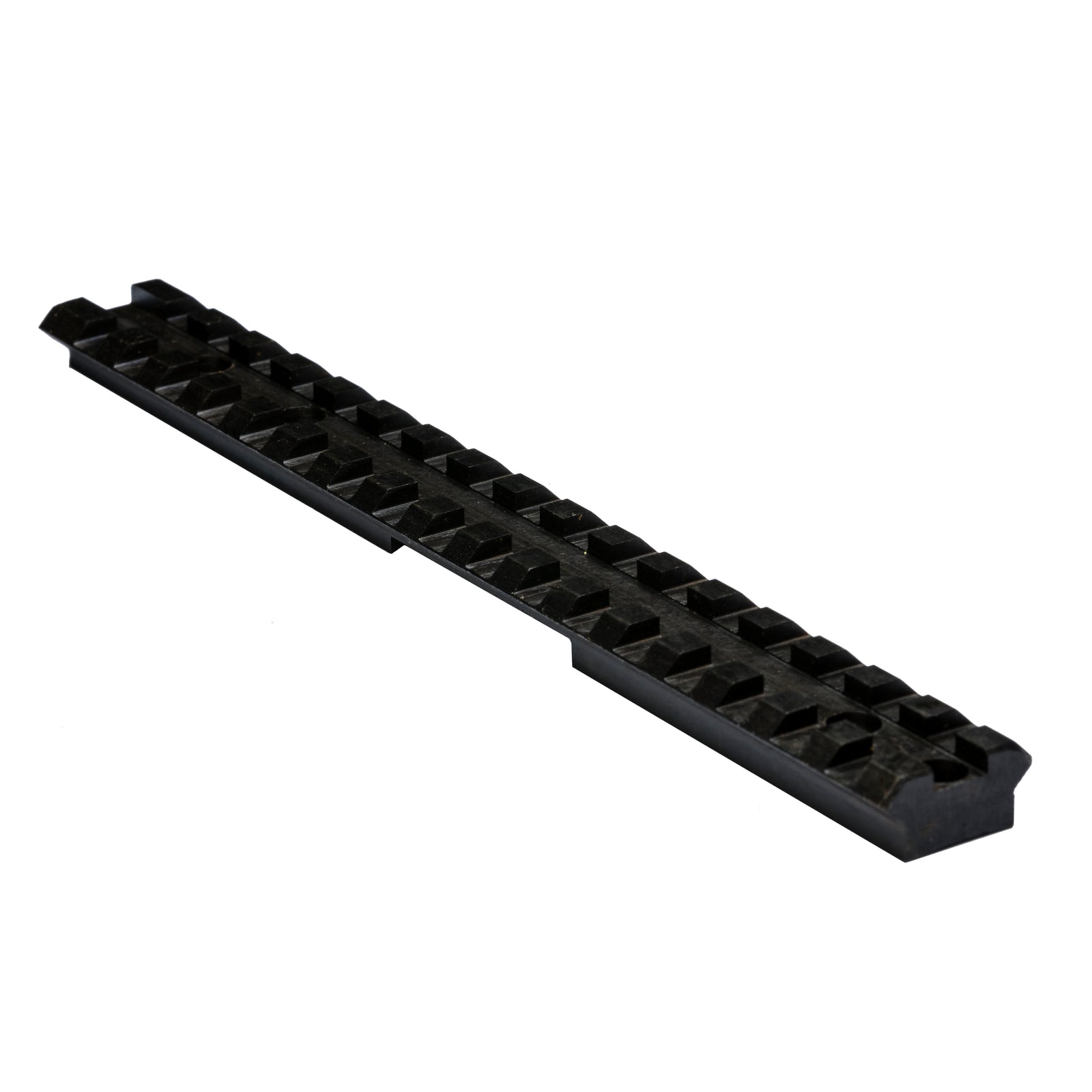Of the half-million or so "breech-loading" rifles and carbines purchased from twenty different arms makers by the U.S. Ordnance Board during the Civil War, nearly 20-percent were produced by the Sharps Rifle Manufacturing Company, of Hartford, Conn. The only other breech-loaded firearms to see greater use were produced by the Spencer Repeating Rifle Company, of Boston, Mass. Official records of ordnance purchased by the United States government from January 1, 1861 to June 30, 1866 show that a total of 80,512 carbines and 9,141 rifles of Sharps manufacture were delivered. During that same period, Spencer produced a total of 94,196 carbines and 12,471 rifles for the war. Mounted cavalry troops tended to prefer the 7-shot repeating Spencer lever-action carbines and easier loading self-contained cartridges over the slower loading single-shot percussion breech-loaded Sharps with combustible paper or linen cartridges.
On the other hand, the rugged construction and longer range accuracy of the Sharps made it revered among foot soldiers. And it was the outstanding reliability of Sharps-built rifles or carbines during this period that earned them their well-deserved "Old Reliable" reputation. Oddly enough, the man whose name became known around the world, thanks to the quality and accuracy associated with Sharps rifles, had very little to do with the company during this period. And he had no involvement with the production of the later big-bore cartridge rifles that were well known for their long-range large game taking performance. Christian Sharps learned the gun-making trade during the 1830's while working with the production of the Hall breech-loading Model 1819 flintlock rifle produced at Harpers Ferry Arsenal. While Hall later developed a percussion version, Sharps had conceived a still better "drop block" design and received his first patent in September of 1848. Only about 200 each of his percussion Model 1849 and Model 1850 drop-block action rifles were produced by Pennsylvania based manufacturer A.S. Nippes. Both were 44-caliber rifles, built with automatic priming systems.
Production of the 52-caliber Model 1851 (photo above) and Model 1852 rifles was moved to the Robbins & Lawrence plant in Windsor, Vt. The rifles were built for the newly formed Sharps Rifle Manufacturing Company, headquartered in Hartford, Conn. During the production of the Model 1853 and Model 1855 rifles, both the Robbins & Lawrence and Sharps firms suffered significant losses. The Sharps Rifle Manufacturing Company then moved all manufacturing to Hartford. The Sharps Rifle Manufacturing Company had been established in 1851 by a group of investors - and Christian Sharps' role in the operation had been relegated to "Technical Advisor". His only real tie to the company was that the rifles were being produced under his patents, and Sharps received a $1 royalty for every rifle built. In 1853, Sharps left the company that bore his name, moved to Philadelphia, and opened a new arms-making firm known as C. Sharps & Company, specializing in small pocket pistols and derringers. Other than a small-bore 31- and 38-caliber percussion drop-block rifle built in the late 1850's, the only other "long guns" actually produced by Christian Sharps were the Sharps & Hankins .52 rimfire single-shot carbines and rifles produced from 1861 to 1867. Sharps died March 12, 1874 at age 64. All of the Sharps rifles produced up through the Model 1855 were of the original "slant breech" design. Shooters of the time who had the opportunity to use the Sharps breechloaders acknowledged that they were the best firearms available. Christian Sharps' original design was a definite improvement over other early breech-loading single-shot rifle designs, but did experience considerable gas leakage between the rear of the barrel and face of the breechblock.
The "straight breech" block design that first appeared on the New Model 1859 (shown above) did help alleviate some of the gas leakage. The rifles and carbines built on through the Civil War with New Model 1863 and New Model 1865 markings generally reflect improvements to further reduce the escape of gasses from a burning powder charge. Basically, these Sharps guns were all the same design, based on the New Model 1859. The 115,000 rifles and carbines produced from 1859 to 1866 represented approximately 65-percent of the total number of Sharps breechloaders ever manufactured. No other official military arm of the Civil War went on to remain as popular with civilian shooters and hunters, not even the Remington rolling block rifles. While the latter went on to be produced in far greater numbers, the true rolling block action was not perfected until about 1866 ... or until after the war. The Sharps dropping-block action lent itself well to making the transition from percussion ignition to handling newly developed cartridges that evolved quickly following the end of the war. In fact, in 1867 the U.S. Government decided to convert or have converted a number of percussion military arms into metallic cartridge breechloaders. And the Sharps was one of the designs selected for conversion. In all, the Sharps Rifle Manufacturing Company converted 31,098 carbines and 1,086 rifles to accept one or the other of the experimental 52-70 rimfire, 52-70 centerfire or 50-70 centerfire cartridges. All were fitted with new breechblocks with a firing pin and an extractor. Those converted to the 50-70 cartridge also required soldering a new 50-caliber barrel liner in place. In 1870, Springfield Armory additionally converted about 1,300 more Sharps rifles and carbines to the newly designated 50-70 Government cartridge.
From 1869 to 1871, the Sharps Rifle Manufacturing Company produced their entirely "new made" cartridge model - the Sharps New Model 1869 (shown above). What really set this model apart from the converted percussion military models was the much cleaner looking lockplate, which had been trimmed of the pellet priming system that gave the Civil War era percussion models a "high hump" contour. The lines of the new lockplate were a lot cleaner. In all, only about 1,000 New Model 1869 carbines and rifles were produced, chambered for early cartridges like the 44-77 Sharps and 50-70 Government. That production also included about 200 sporting rifles that would set the stage for the famous Model 1874 Rifle, which became the favored gun of the professional buffalo hunter.

The rifle that shooters today most recognize as the "Sharps", thanks to movies like "Quigley Down Under", is the Model 1874, which actually saw its earliest production in in 1871. The features that probably best helps identify an early Model 1874 from the New Model 1869 is the thickness of the lockplate. The plates of the earlier percussion models, built with the pellet priming system, were 3/8-inch thick, as was the plate of the New Model 1869. The thickness of the lockplate on the newer cartridge model had been thinned to half that thickness. The "Model 1874" markings were not used on the rifle until after several years production. Sharps' famous "Old Reliable" trademark began to show up on the barrels in 1876, after the company, then known as just Sharps Rifle Company, had moved to Bridgeport, Conn. The Model 1874 was chambered for a variety of cartridges during the ten years that it was in production, from "small-bore" 40-caliber centerfires to"big -bore" 50-caliber centerfires. Two favorites of the buffalo hunter were the 50-90 Sharps and 45-100 Sharps. The special order 45-120 Sharps and 50-140 Sharps cartridges were basically introduced too late to have been used extensively during the decimation of the American bison, which by 1880 were so scarce that it was no longer feasible to market-hunt the big animals. Most Sharps collectors and historians tend to recognize the Model 1877 as the most refined and graceful of the side-hammer single-shot rifles.

Only about 100 of the rifles were produced, in 45 caliber, in 1877 and 1878. These were built to comply with the "Creedmoor" match competition rules that required a single trigger and a rifle weighing 10 pounds or less. To get the weight down, Sharps Rifle Company built the Model 1877 with a slim and trim back-action lock and much lighter receiver. The rifle was built with a nicely checkered pistol grip buttstock and Schnable forend. (The company also produced a few Model 1874 Creedmoor rifles chambered for the 44-90 Sharps bottleneck cartridge.) (Sharps Model 1877 Creedmoor Shown At Right) The last model ever produced by the Sharps Rifle Company was the Model 1878 Sharps-Borchardt. This was a very modernistic "hammerless" rifle that has only been somewhat duplicated by more recent single-shot designs like the Ruger No. 1. Lighter than the Model 1874, which was still in production, the Borchardt model was most commonly chambered for the easily available 45-70 Government cartridge, as well as other smaller calibers like the 40-50 Sharps. The vast majority of the different variations available weighed in at less than 10 pounds . Other than the hammerless drop-block action, the one other feature that set this model apart from other Sharps rifles was a sliding safety. The company produced about 8,700 of the rifles before ceasing the manufacture of all Sharps rifles. Along with the demise of the great buffalo herds of the West also came the demise of Sharps rifle production. Shooters and hunters no longer had a need for a rifle that consumed powder and lead in such great quantities. And Sharps Rifle Company found it increasingly difficult to compete with the new repeating lever-action rifle models produced by Winchester. Thus, manufacturing at the Sharps plant in Bridgeport, Conn. ceased in 1880, with the last assembled rifles shipped in 1881. During the 32 years of Sharps rifle production, only about 160,000 rifles were ever built. However, those rifles solidly established a legacy that few other rifles have ever come close to matching. - Toby Bridges, Hi-Lux Optics
To Read Part 2 Of "The Rebirth Of "OLD RELIABLE" - The Sharps Rifle" ... Click Here








Daniel Cullip
September 18, 2024
Looking for the front site & safety for a Sharps & Hankins ,navy call 859-533-5445 ask for Dan Thanks.